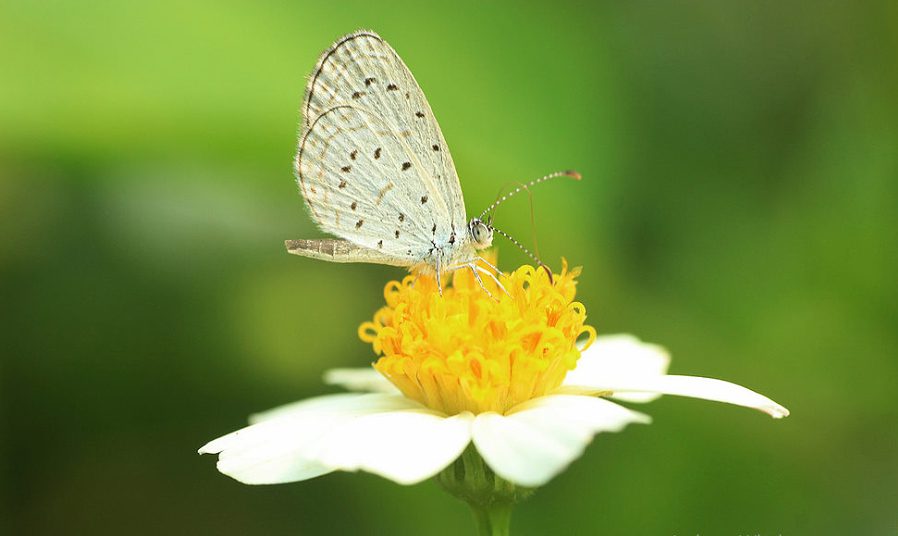Cockroach and fly populations grow faster than bees and butterflies, why?

-
Date:
08 Mar 2019 -
Author:
KEHATI
Insect populations, according to a scientific study, are declining dramatically by 40% on a global scale. The study found that while some species like house flies and cockroaches tend to prosper, others, including bees, ants, and beetles, are vanishing eight times faster than mammals, birds, or reptiles.
Broken Chain
These insects’ populations are generally in decline as a result of intensive farming, pesticides, and climate change. The most common land animals are insects, which are extremely beneficial to humans and many other species.
Birds, bats, and tiny mammals eat them. They renew the soil, pollinate roughly 75% of the world’s crops, and maintain a variety of pests.
Recent research suggests that insect species, including bees, are suffering from drastic population losses, particularly in developed countries. A recent study examined 73 studies from around the world that were published in the journal Biological Conservation over the previous 13 years.
Serious Numbers
The researchers discovered that 40% of insects could go extinct in the next few decades due to population reduction in practically any region. An estimated one-third of bug species are considered endangered.
The University of Sydney’s principal author, Dr. Francisco Sánchez-Bayo, told BBC News that deforestation, urbanization, and habitat loss caused by agricultural practices are the main causes.
“The use of pesticides and fertilizers in agriculture is rising globally, and soils are becoming contaminated with a variety of chemical contaminants. Thirdly, there are biological issues like infections and invading species. Fourth, there is climate change, which is known to have a significant impact, particularly in the tropics.”
This study’s conclusions regarding the increase in global temperature are quite noteworthy. Recently, populations of flying insects in Germany and tropical forest cover in Puerto Rico both saw drastic declines.
The findings, according to additional experts, were frightening.
“It’s not just about bees, or even about pollination and feeding ourselves – the decline is in dung beetles that recycle waste and insects like dragonflies that start life in rivers and ponds,” said UK environmentalist Matt Shardlow of Buglife.
“It is becoming more and more obvious that the ecology of our planet is disintegrating, and this tragic trend needs to be stopped and reversed. It is not a sensible decision to slowly exterminate insect life.”
The quantity of pests is growing.
Scientists are worried about how diminishing insect populations would affect the food chain. Since insects are the primary source of food for fish, birds, and reptiles, it is possible that these species will also go extinct.
The study discovered that while several significant insect species are in decline, a small number of species have a tendency to adapt to shifting environmental factors and thrive.
Insects thrive in warmer climates and reproduce quickly. Many of its slower-replicating natural adversaries would be wiped out, according to Prof. Dave Goulson of the University of Sussex in the UK, who was not involved in the study.
“It makes sense that we would eventually have a small number of insect pests, but we would lose all the lovely ones we want, like the bees, hoverflies, butterflies, and dung beetles that do such a good job removing animal waste,” the author said.
What We Can Do
According to Prof. Goulson, some hardy, adaptable generalist species, like house flies and cockroaches, appear to be able to live peacefully in built-up areas and have evolved pesticide resistance.
While the general state of affairs is concerning, he continued, there are steps people can take, such as making their gardens more insect-friendly, refraining from applying pesticides, and purchasing organic food.
Since practically all of the data for the decline in insect populations comes from Europe and North America and not from Africa or South America, more study is urgently required.
According to Prof. Goulson, the previous mass extinctions resulted in “massive adaptive radiations” where a select few species were able to adapt, fill all available niches, and give rise to new species.
“Therefore, if we fast-forward a million years, I have no doubt that a wide variety of new species will replace those that became extinct in the 20th and 21st centuries.”
“I’m afraid our kids won’t have much entertainment left,”
